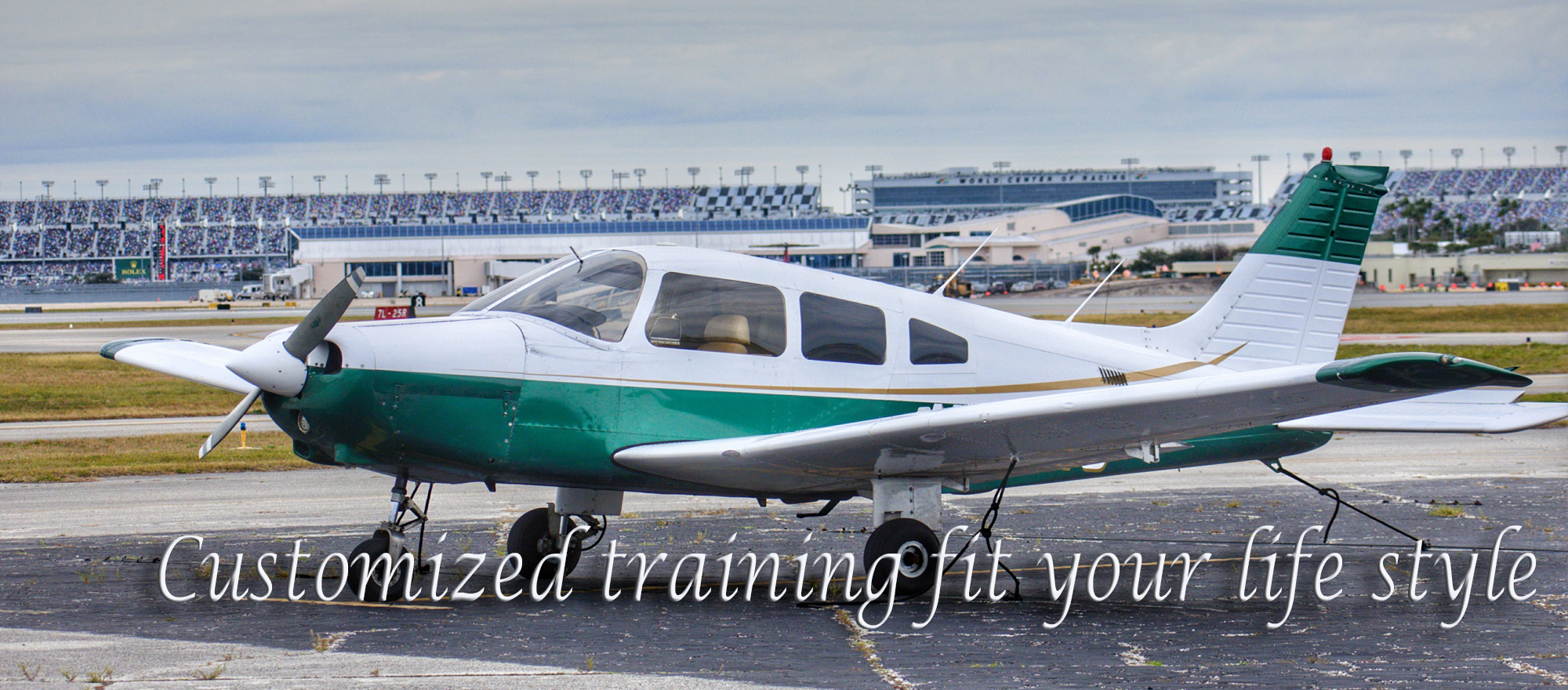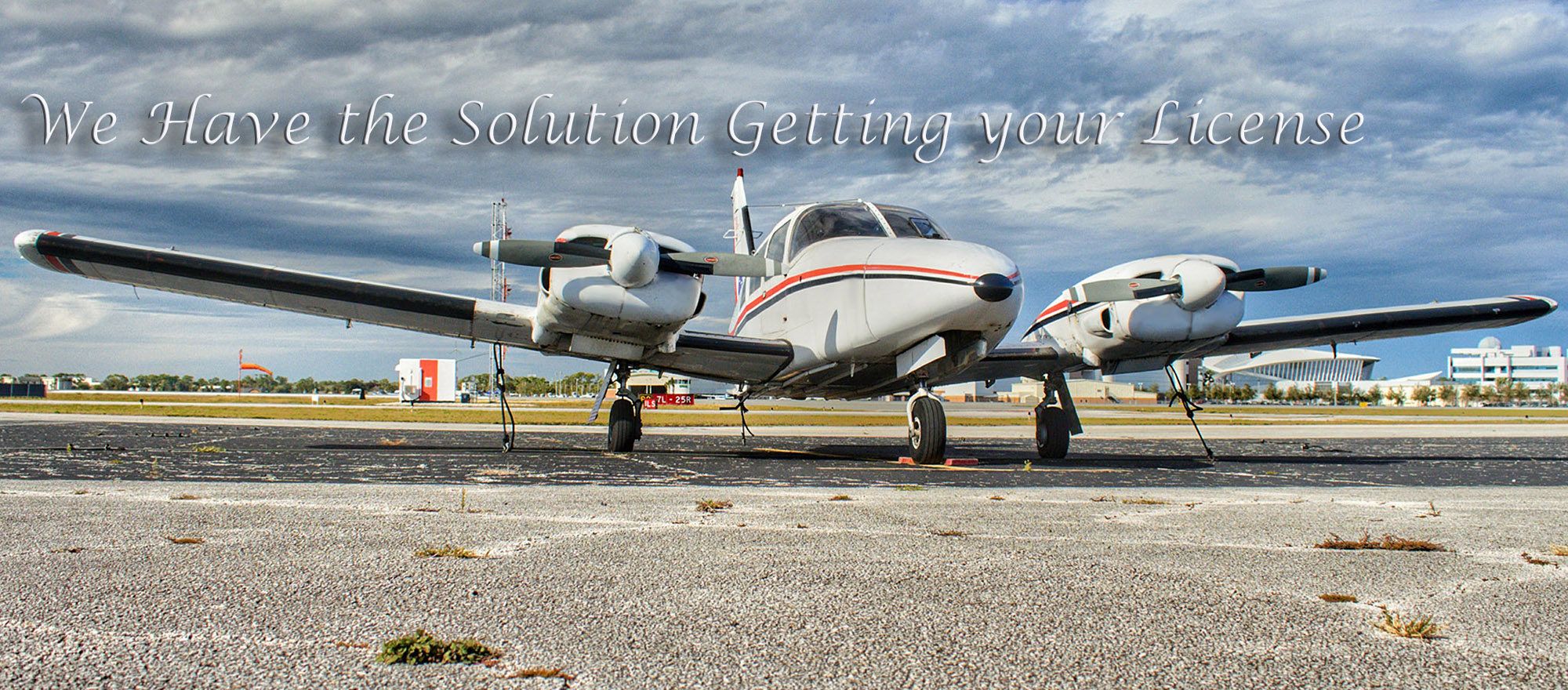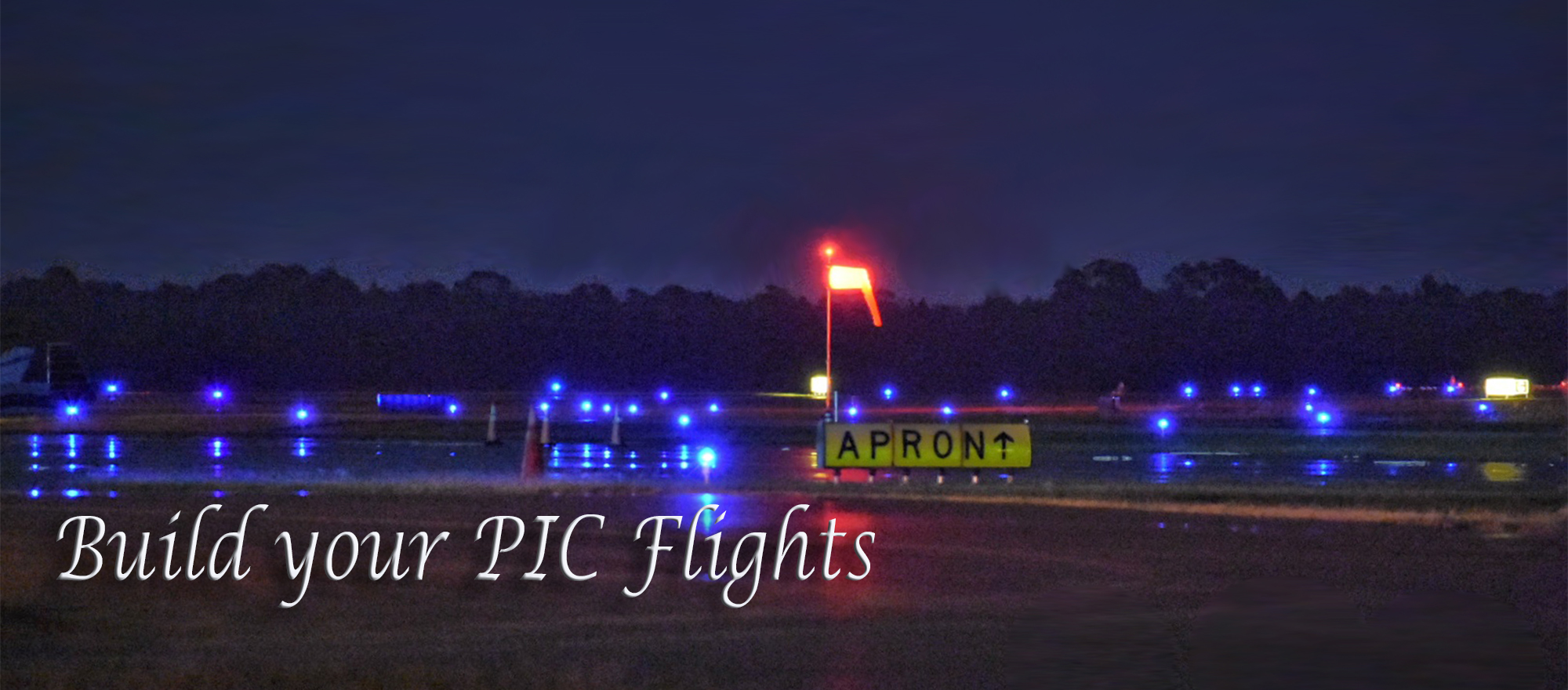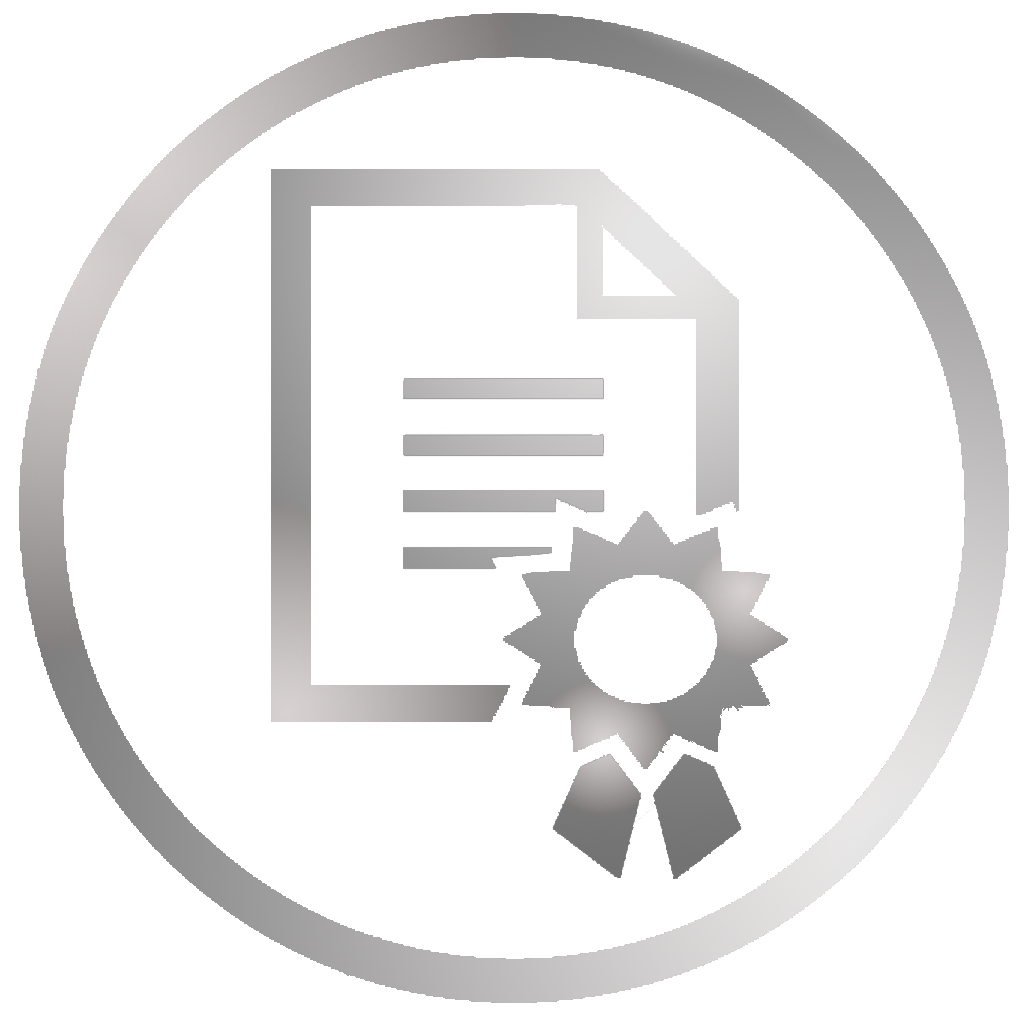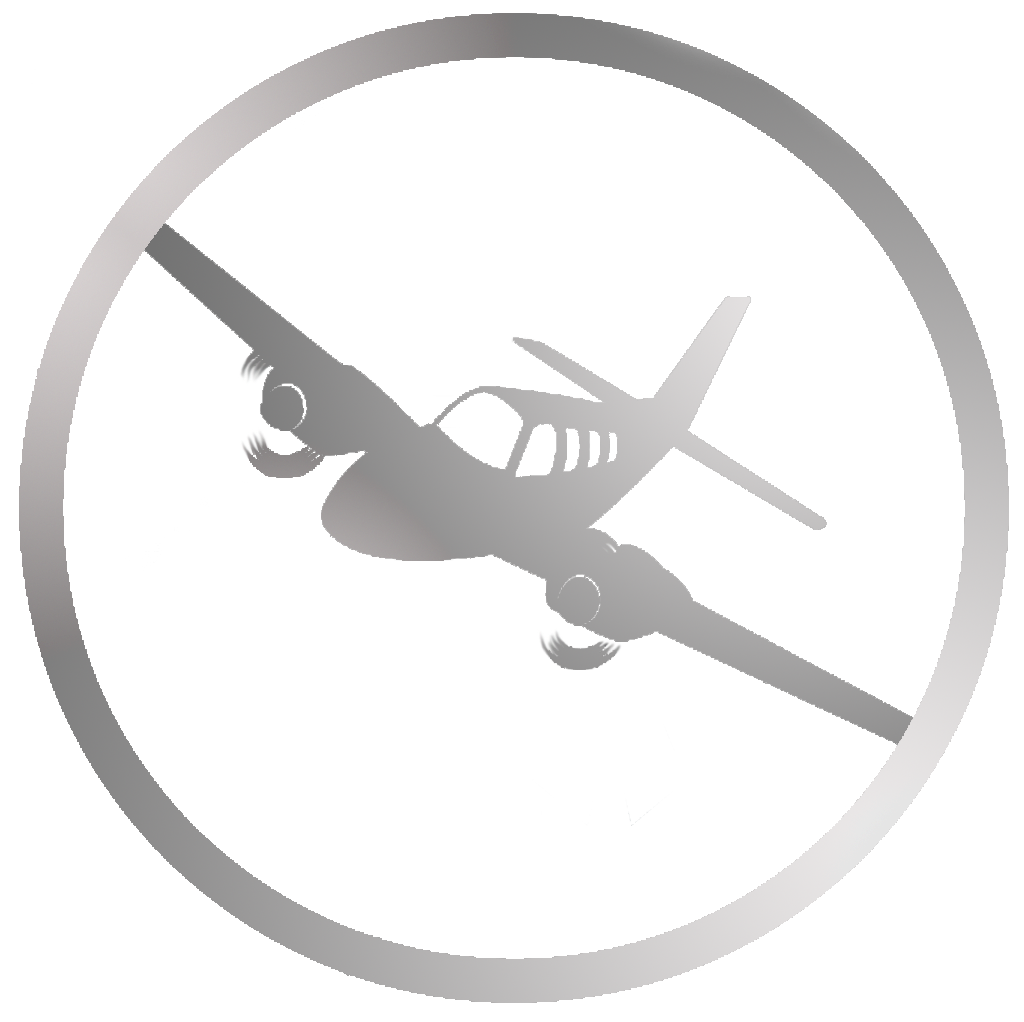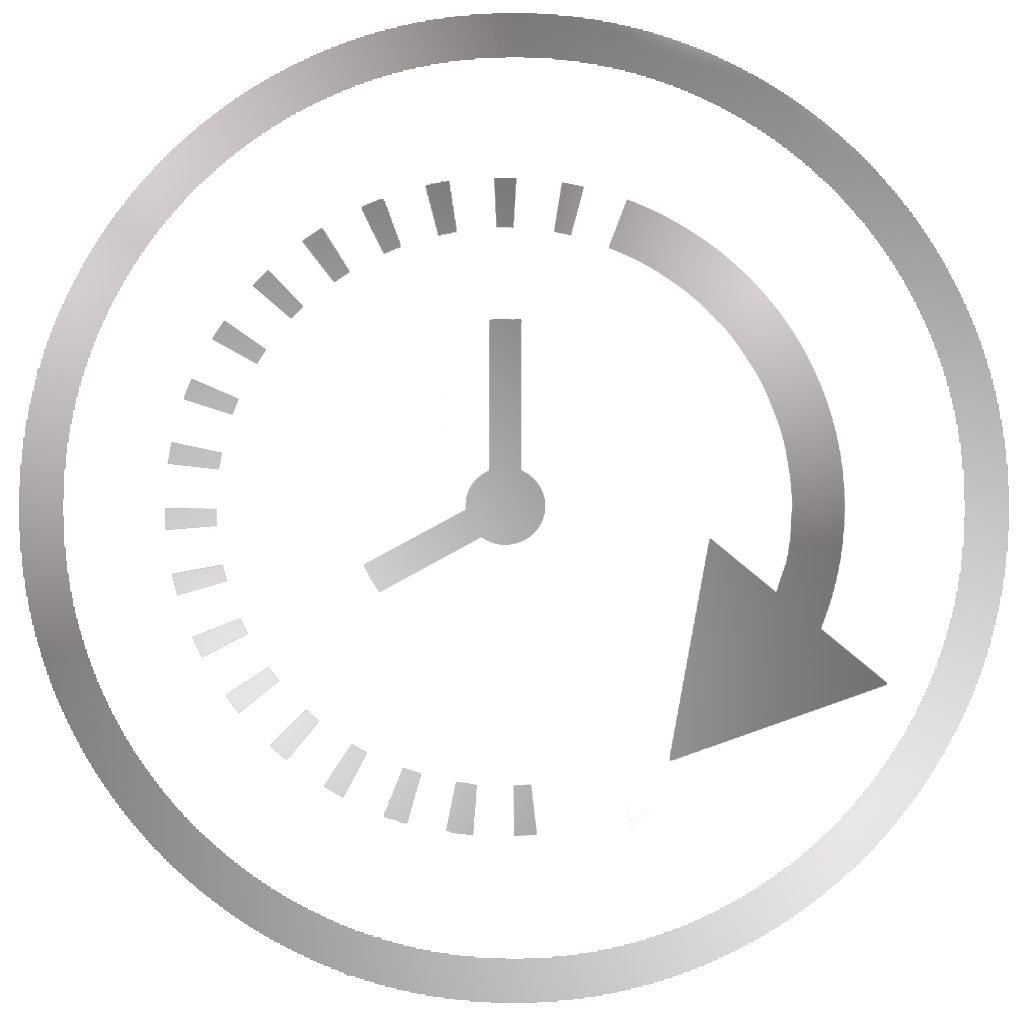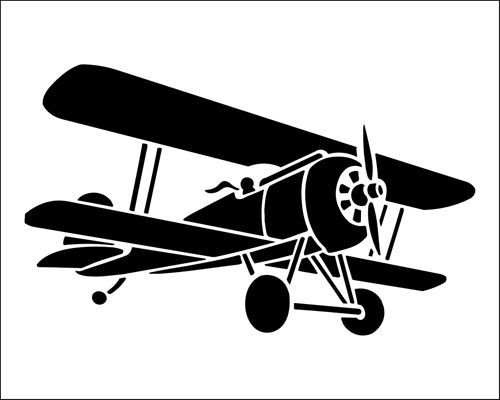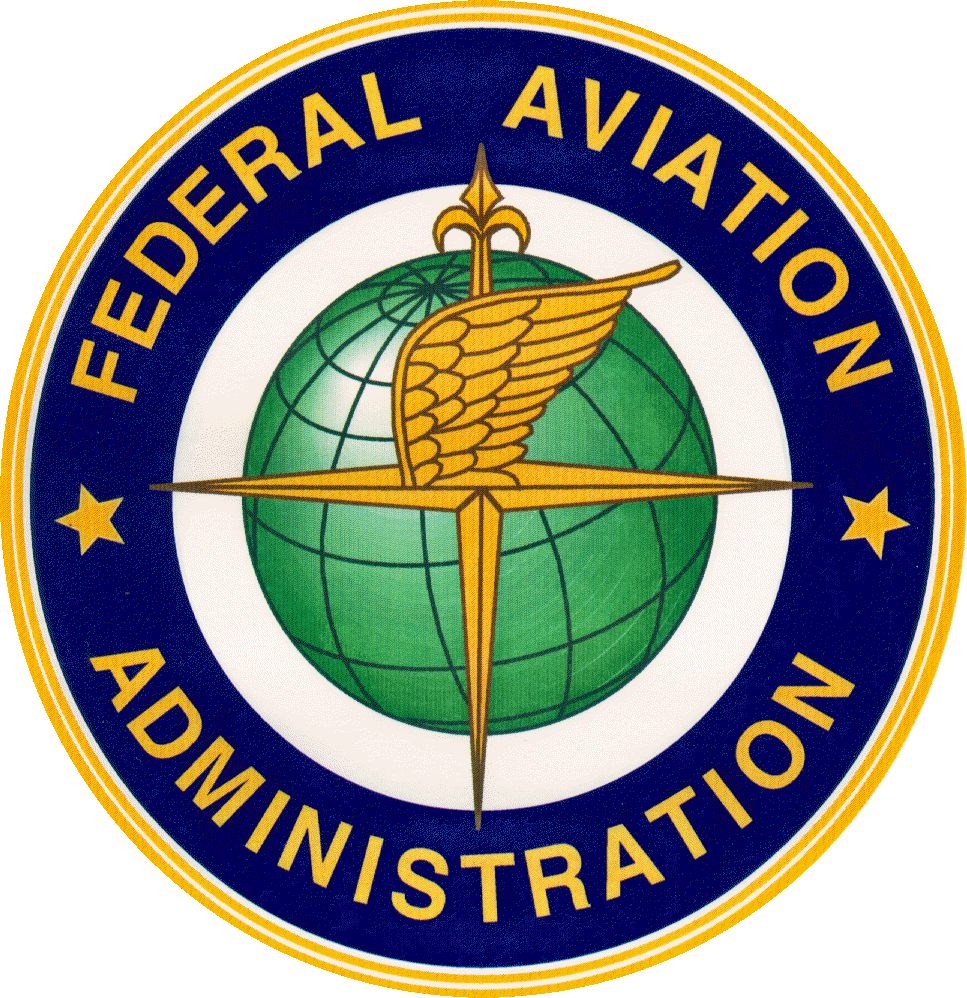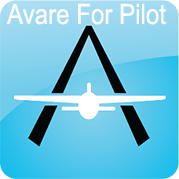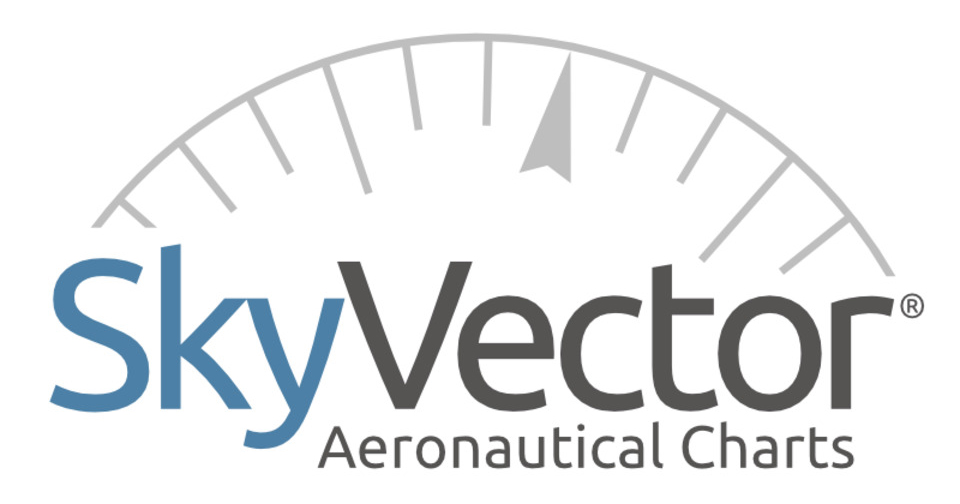Pilot Aircraft Familiarization: Building Confidence in the Cockpit
For any pilot, stepping into a new aircraft is a critical moment. While the fundamentals of flight remain constant, each aircraft has its own unique personality and quirks. Aircraft familiarization, a crucial phase in pilot training and ongoing proficiency, equips pilots with the knowledge and skills necessary to safely and effectively operate a specific type of aircraft.
The Importance of Aircraft Familiarization
There are several compelling reasons why aircraft familiarization is essential for pilots:
- Safety: Understanding the aircraft's limitations, emergency procedures, and normal operating characteristics is paramount for safe flight. Familiarization minimizes surprises and allows pilots to react appropriately in unexpected situations.
- Performance Optimization: Extracting the best performance from an aircraft requires knowledge of its systems, powerplant capabilities, and handling characteristics. Familiarization empowers pilots to operate the aircraft efficiently and within its designed parameters.
- Reduced Workload: When pilots are well-versed in the aircraft's layout, controls, and procedures, they can focus on critical tasks like situational awareness and decision-making during flight. This reduces cognitive workload and promotes a smoother, more controlled flight experience.
- Building Confidence: Flying an unfamiliar aircraft can be daunting. Thorough familiarization fosters confidence in the pilot's ability to handle the aircraft effectively, leading to a more enjoyable and stress-free flight.
The Familiarization Process: A Multifaceted Approach
Aircraft familiarization is a comprehensive process that can be broken down into several key steps:
- Ground School: This initial stage involves in-depth classroom instruction focusing on the specific aircraft's systems, limitations, emergency procedures, and normal operating characteristics. Pilots learn about the aircraft's flight controls, avionics suite, engine operation, and specific handling characteristics.
- Pre-flight Inspection: A thorough pre-flight inspection allows pilots to identify any potential issues before takeoff. Familiarization ensures pilots know where to locate key components, what to look for during the inspection, and how to interpret any discrepancies.
- Taxi Operations and Takeoff Procedures: Understanding the aircraft's taxiing characteristics, engine response, and specific takeoff procedures is crucial for safe ground and initial flight operations. Pilots practice taxiing techniques, engine power application during takeoff roll, and proper climb procedures during familiarization flights.
- Normal Handling and Systems Management: Familiarization flights delve into the aircraft's handling characteristics during various maneuvers like turns, climbs, descents, and level flight. Pilots learn how the aircraft responds to control inputs and how to manage various systems like flaps, landing gear, and fuel management.
- Emergency Procedures: Training for emergency scenarios is a vital aspect of familiarization. Pilots practice procedures for engine failures, system malfunctions, and various in-flight emergencies in a safe, simulated environment.
- Landing Procedures: Landing a new aircraft requires understanding its approach speeds, stall characteristics, and specific landing techniques. Familiarization flights provide practice for controlled approaches, proper flare and touchdown techniques, and safe post-landing procedures.
Resources and Tools for Effective Familiarization
Several resources and tools can enhance the pilot aircraft familiarization process:
- Pilot Operating Handbook (POH): This serves as the official manual for a specific aircraft model, providing detailed information about its systems, limitations, procedures, and normal operating characteristics.
- Aircraft Type Ratings: For more complex aircraft, pilots may require specific type ratings that involve additional training and certification focused on the unique characteristics of that aircraft.
- Flight Simulators: Advanced flight simulators offer a realistic and controlled environment to practice procedures and gain experience with a specific aircraft model before actual flight.
Beyond the Initial Familiarization: Continuous Learning
Aircraft familiarization is not a one-time event. As pilots gain experience with a specific aircraft, ongoing learning is essential to maintain proficiency and adapt to changing situations. Regularly reviewing the POH, participating in recurrent training programs, and debriefing after flights all contribute to a pilot's mastery of an aircraft.
By prioritizing thorough aircraft familiarization, pilots build the confidence and knowledge necessary to operate their aircraft safely and effectively. This not only enhances their enjoyment of flight but also ensures the safety of themselves, their passengers, and everyone involved in the aviation environment.

